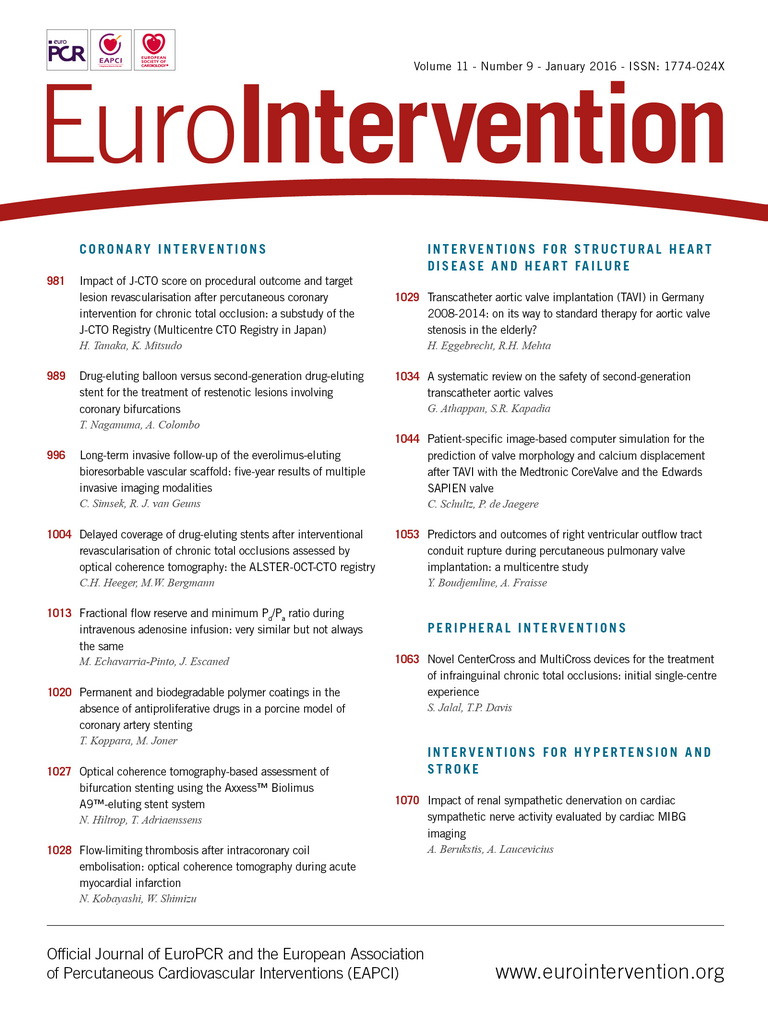
On 28 November 1660, Sir Christopher Wren, the acclaimed architect of St. Paul’s Cathedral, London, gave a lecture which marked the birth of the Royal Society. Five years later, Henry Oldenburg, as Secretary of the Royal Society, instigated the foundation of the very first academic journal entitled Philosophical Transactions. To commemorate 350 years of this academic exchange, the Royal Society hosted a unique conference in April 2015 entitled The Future of Scholarly Scientific Communication. In his opening remarks, Sir Paul Nurse, the President of the Royal Society, reminded participants that “Philosophical Transactions was a truly seminal development whereby scientists from all over the world were able to communicate their ideas, establish priority and, most importantly, expose their work to their peers for assessment. Philosophical Transactions established the four fundamental principles (registration, verification, dissemination and archiving) still in use by the almost 30,000 science journals today. But science publishing has remained almost unchanged until a few decades ago and the introduction of the internet.”
During the same conference, many aspects of academic exchange were discussed ranging from the future of the journal article in the modern era, the use of academic metrics such as the Journal Impact Factor and personalised metrics, a reformation of the review process and the detection of scientific misconduct. The participants concluded amongst other that there is a need for better integration of data with publications, such as access to data sets/data sharing whilst maintaining readability, and that there is also a need to improve the use of technology to create specific communities to enable discussion among researchers and also the verification of their research. Early-career scientists were characterised as having a major role in developing modern scientific engagement as they are “born digital” and obviously have a more “intuitive grasp of the tools now available, especially social media.”
Naturally, the majority of us are familiar with, if not are regular users of, social networking sites (SNS) such as Facebook, Twitter and LinkedIn. Recently, we have seen the rapid growth of social networking sites dedicated to academic exchange such as ResearchGate, Academia.edu and Mendeley, platforms which are not entirely flawless1. In a study combining a large-scale quantitative and qualitative research design, Petter Bae Brandtzæg surveyed 1,200 SNS users and asked their reasons for using SNS. The most important reason for SNS use was to get in contact with new people (31%)2.
EuroIntervention’s social media platforms have developed into strong digital tools within modern scientific engagement for promoting and creating awareness of the journal. The journal has been fortunate that it has amassed many great contributions, suggestions and counsel not only from top-level experts but also from younger colleagues: we refer you to the acknowledgement at the end of this issue, for example. During the recent weekly Editorial Board meetings, we have discussed new methods to improve awareness of the papers but also new concepts relating to the promotion of collective intelligence and international collaborations, echoing to a certain degree the conclusions of the Royal Society’s conference last year. This year, therefore, sees another step in the journal’s development. In this issue, we have launched a new initiative to promote “personable awareness” of early-career scientists by publishing the portrait photo of the first author of the accepted paper. To the more conservative members of the scientific community, this might be perceived as having low to no value; however, in an increasingly visually orientated society, we believe that putting a face to a name will increase awareness of the authors and may in fact stimulate others to seek out new potential collaborators in the form of creating networked communities or community hubs of knowledge and research.
And finally, having listened to and understood the constructive comments received from both authors and reviewers, the Board has acted by increasing the publication frequency of the journal from 12 to 18 issues this year, with the singular distinction that these six extra issues will be digital only. To accommodate this increase in publications, our publisher has recently updated not only our website but also our iPad application.

